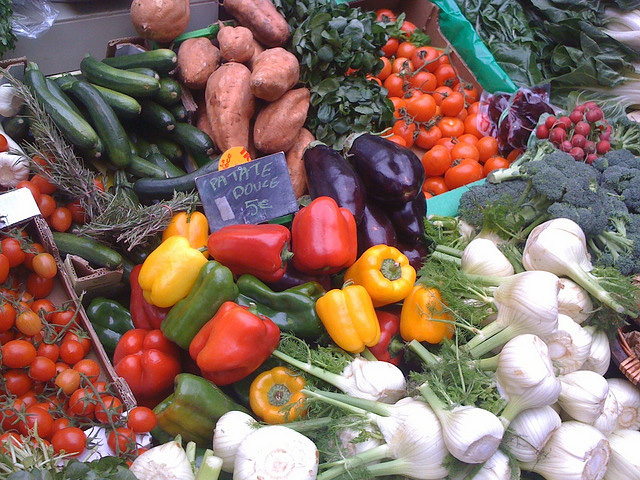Beth Weiner
Contributing Writer
Well, the turkeys maybe. That’s right! The holidays are right around the corner, and it’s time to start thinking about how sustainability fits into the picture. Chances are that you have never thought about sustainability pertaining to the holidays in any way. What does saving the environment have to do with eating turkey, buying gifts, seeing family and celebrating the holidays?
The answer is simple: it has everything to do with it. The great thing about sustainability is that it applies to every single facet of life. When one is thinking in a sustainable mindset, it means constantly assessing how wasteful a situation is and what can be done to make it a little better.
For now, I’m going to focus on Thanksgiving, because it’s the most secular of all holidays and is celebrated by most American families today.
The story of the first Thanksgiving is fairly common knowledge. It was a feast day of thanks held by the Native Americans and the English settlers to celebrate the union and peace between the two peoples. Thanksgiving started out as a celebration that there was going to be enough food to last through the winter here in the settlers’ new homes.
Now, due to the amount of pollution, fracking, drilling and countless other poor environmental choices, many of our harvests are grown with the help of more chemicals than people. So what can we do to make this happy holiday with our families a little easier on the planet?
I will be the first to admit that during many Thanksgiving dinners I have had more turkey, mashed potatoes and stuffing than I should. I will also admit that for many years I did not give a second thought to where any of my food came from on Thanksgiving and I certainly didn’t think about the disgusting amount of waste created by my loved ones and me.
So what exactly is the problem with Thanksgiving from a sustainability standpoint? The bottom line is the amount of waste generated by it. Food scraps alone create a large amount of waste and if your Thanksgiving food is factory farmed or flown in from areas around the world, then the holiday also can start to have a very large carbon footprint. What to do? No fear. There is a way for one to have their pie and eat it too.
The first solution I propose is simply to buy organic foods. Shop at local grocery stores and not food giants such as Jewel Osco. Buying organic food avoids supporting big agribusinesses that spray food with environment harming pesticides and chemicals. By shopping locally, you also avoid buying products that have to come to you from halfway around the world while using oil, gas and petroleum in their transport. Another upside? You know that your food was grown naturally and is chemical free.
As for the turkey, the centerpiece of every American Thanksgiving, you can try to find a farmer in the area who sells free-range turkeys. You can also look for specific breeds of turkey. For example, avoid the “broad breasted white” variety. These birds are bred only for breast meat and are susceptible to disease. They are also unable to walk or fly. You can also mail order a free-range, organic bird or skip meat altogether and serve a casserole!
Finally, make sure that you are saving all of your leftovers from Thanksgiving, and not cooking more food than your family can eat. This is the easiest way to save waste during this holiday. If we use less, then it’s logical that there will be less waste. If you do have food scraps from cooking, then you can compost them or look up places in your area where you can recycle any cooking oil you use. Many communities have drop-off sites or places to get rid of it in a sustainable way.
With these tips in mind you can be assured that you are enjoying family, friends and great food with as little environmental impact as possible.

